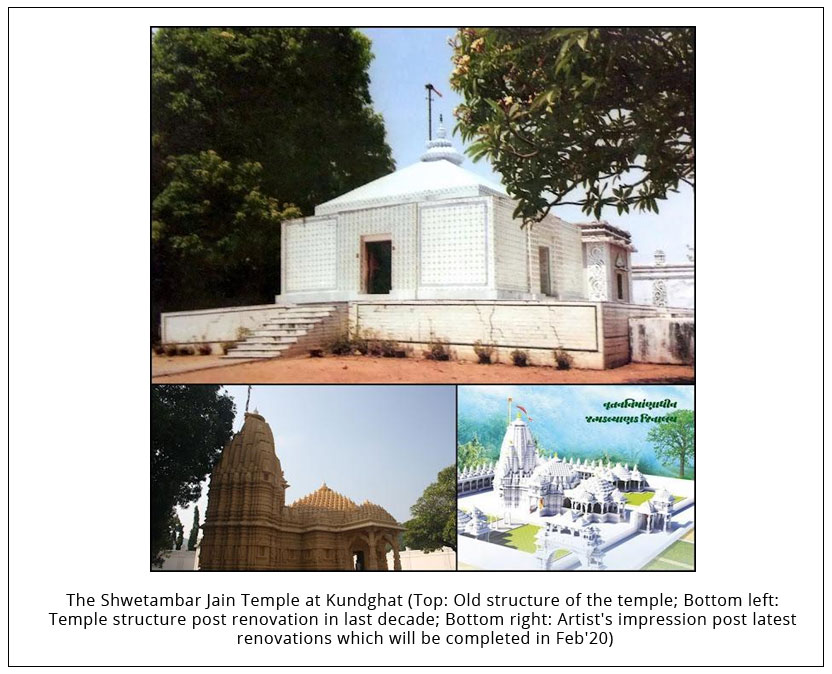Background:
Being the last Tirthankar, it would be obvious to assume that all the original locations of Lord Mahavir’s Panchkalyanaks would have been well preserved by Jains; However, the case is not so. Although, it might be surprising, the locations of all the five Kalyanaks of Lord Mahavir are disputed – either between the Shwetambar-Digambar sects or by history scholars. The only Kalyanak location agreed by both the Shwetambar and Digambar sects, i.e. Pawapuri (in Bihar) is disputed by history scholars, who place the location of the Nirvan Kalyanak at Pava-Padrauna in Fazilnagar, Uttar Pradesh.
Unlike Buddhists, who have well preserved the sites, relics, stupas and other archaeological remains related to Gautam Buddha, Jains did not preserve the same with respect to Lord Mahavir, predominantly due to large-scale migration and differing sectarian views. While all the Kalyanak locations of Lord Mahavir are disputed, the objective of this post is to study only the evidence available with respect to the birthplace of Lord Mahavir, above any sectarian bias.
The Birthplace of Lord Mahavira:
Generically, the Jain texts state that Lord Mahavir was born to King Siddharth and Kshatriyani Trishala in the kingdom known as Kundpur, which was situated in the northern part of Bharat Kshetra, which was situated in the middle of the vast Jambudwip. This kingdom was ruled by Siddharth and was divided into two parts – Brahmankundgram on the east (where the Brahmins used to reside) and Kshatriyakundgram, on the west (which was the capital of the kingdom). In the centre of Kshatriyakund stood a magnificent royal palace, nestled in a bed of splendid temples, gardens and lakes. The massive palace overlooked the Gnat-khand-van gardens on the east and Bahushal-van gardens on the west. On the thirteenth day of the bright half of Chaitra (month) in the year of 599 BC, Lord Mahavir was born to Trishala in this very palace situated in Kshatriyakund.
The major question arises on the current location of the erstwhile kingdom of ‘Kundpur’ along with its capital – Kshatriyakund. Currently, three locations within the Indian state of Bihar (which are at a significant distance from each other) are considered to be the birthplaces of Lord Mahavir by respective sects –









I don’t think the title of your article matches the content lol. Just kidding, mainly because I had some doubts after reading the article.